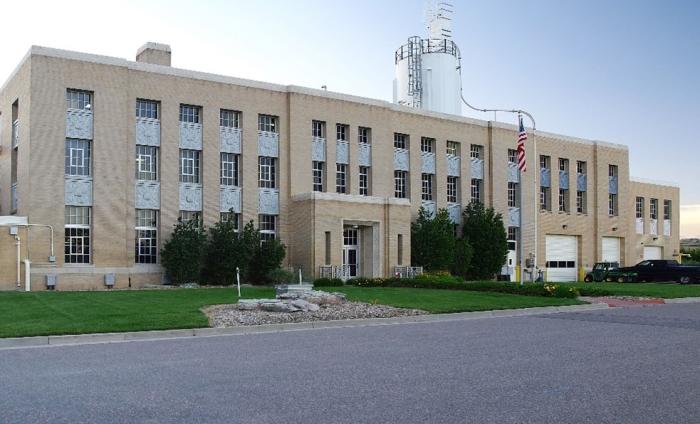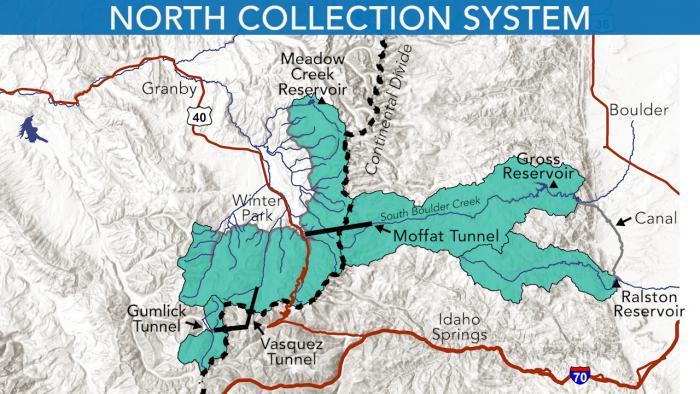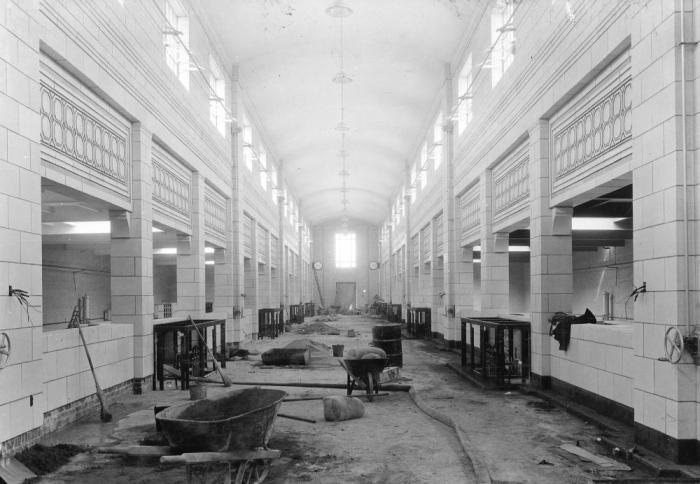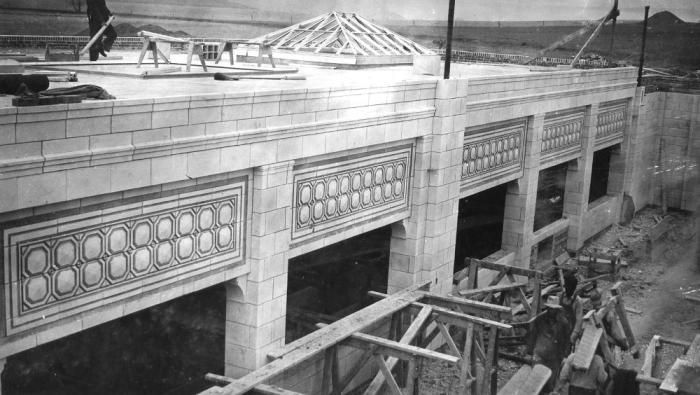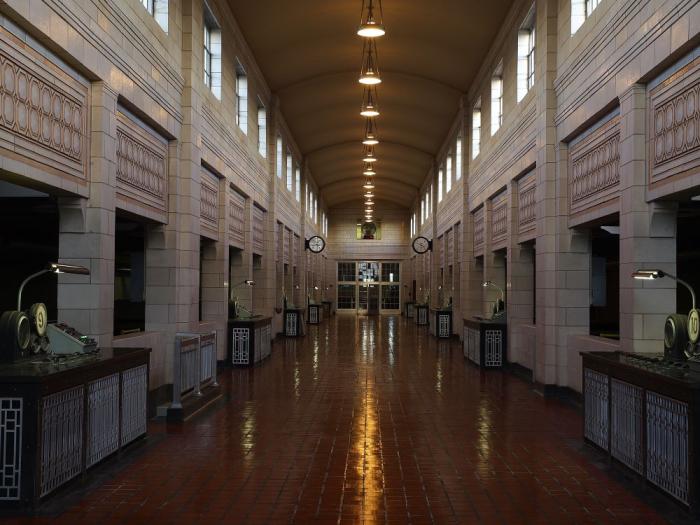Moving water treatment into the 21st century
From typewriters to ChatGPT and Motorola DynaTAC to the latest iPhone, life changes, things evolve. The same goes for Denver Water.
The Northwater Treatment Plant, part of Denver Water’s North System Renewal Project and set to open in 2024 north of Golden, provides Denver Water with a fully updated, state-of-the-art treatment plant and additional operational flexibility to ensure a safe, secure drinking water supply.
Check out inside the Moffat Treatment Plant (there may be ghosts!?) via this Instagram reel.
However, there will be plenty of opportunity to showcase the new Northwater plant in the coming years. This story is about the Moffat Treatment Plant, its history, its role and its array of dynamic architectural designs over the years.
The Moffat Treatment Plant, located in Lakewood, Colorado, consists of three distinct treatment buildings. The first building was built in 1937, followed by the second plant built after Gross Reservoir was completed in 1954. The third and final building was constructed in the 1970s.
The treatment plant was designed to clean approximately 185 million gallons of water per day ― water that comes from the Fraser and Williams Fork rivers on the West Slope and the South Boulder and Ralston creeks on the Front Range. Collectively, we call that the “north system” at Denver Water.
The water that comes from the two West Slope rivers is diverted and funneled under the Continental Divide through the Moffat Tunnel.
As you walk through the three buildings that make up the Moffat Treatment Plant, you may notice differences in architecture and design through the decades.
Building one, dating from the 1930s, has a classic, aristocratic look. But in some ways also seems the most humble with its long-ago mechanisms. Building two showcases a 1950s design of simplicity, practicality and functionality. As for the third plant, its orange floor tiles are reminiscent of the ugly kitchens and disco craze in the '70s.
During an employee tour at Moffat Treatment Plant, Mark McDaniel, a recently retired senior treatment technician at Denver Water, shared how things have changed since he started at the Moffat Treatment Plant in 2003 and what he’s learned about the history of the plant in the decades prior.
“Moffat has seen many changes over the years, all in improving the way we clean and send safe, quality water to more than 1.5 million customers,” McDaniel said. “Today, Moffat once again faces new challenges. As we prepare for startup and commissioning of the new Northwater Treatment Plant at Ralston, Moffat will play a major role, helping us gradually transition operations to the new plant.”
The coming changes prompt McDaniel to think of earlier times: “Operators would share stories of the days when Moffat would treat more than a 100 million gallons of water a day and of workers wearing roller skates as they wheeled from filter to filter performing back-to-back washes. This was all done by hand with manual levers. Now, you can wash it all manually or with a push of a button in a control room.”
McDaniel started in the Denver Water Administration Building’s mail room back in 1988 at 20 years old. From there, he worked his way up as a meter reader, then as a caretaker at Gross Reservoir and eventually ended his 34-plus-year career at Denver Water working at the Moffat plant. He has since returned as a temporary contractor helping train and develop new staff at the plant.
Join our crew! Check out Denver Water's employment opportunities and be part of a diverse workforce that supplies water to 1.5 million people.
“Each of these stops along the way came with so much development and growth in my career at Denver Water. I reflect now and can see the handprint of so many who guided me and had a profound impact on my career and life,” McDaniel said.
Moffat played a big role in McDaniel’s own experiences and growth at Denver Water.
“When I came down from Gross Reservoir to work at the treatment plant, I had zero water treatment experience. To have seasoned people on my crew I could reach out to and show me how to do the job right, that was key in my success as a senior treatment technician,” McDaniel said. “It was reassuring to have that kind of support and historical knowledge at my fingertips.”
As Denver Water looks to the future, Moffat will continue to operate for several more years, but at a reduced capacity after the Northwater Treatment Plant opens in 2024. The new plant will be capable of producing up to 75 million gallons of clean drinking water per day using state-of-the-art technology.
Moffat also will continue to store clean drinking water, as it does now. But much of that stored water will be cleaned at the Northwater plant, then piped south to Moffat.
The eventual fate of Moffat’s eccentric and colorful treatment buildings hasn’t been entirely determined yet, as Denver Water works through the upcoming transition of its operations to the Northwater plant.
Still, another question remains, in a historic place like this, are there any ghosts roaming around?
If you are interested in touring this facility while it continues to operate ― or any other Denver Water facility ― you may be one of the lucky ones to see this historic plant and maybe even hear the faint, phantom sounds of roller skates from long ago.


